"Understanding the differences between primary and secondary sources can be a challenge to some middle school and high school students. "
Get Started for FREE
Sign up with Facebook Sign up with X
I don't have a Facebook or a X account
 Your new post is loading... Your new post is loading...
 Your new post is loading... Your new post is loading...

Deborah Rinio's curator insight,
March 24, 2014 12:56 PM
SCIENCE TEACHERS: WATCH THIS VIDEO! This is a great video that explains what students gain from watching videos dealing with science concepts. Watch this and use the information to choose great videos. Or add components to the videos you already watch to help make sure your students will learn. 
Raquel Oliveira's curator insight,
March 28, 2014 11:38 AM
5 maneiras para aumentar a chances de aprendizagem por meio de videos. O comparativo é feito com videos da Kahn Academy . Great reserach ! 
AMPA Santa Teresa. 's curator insight,
March 31, 2014 7:41 AM
Aquest vídeo et pot sorprendre amb el que els estudiants aprenen (o no aprèn) quan miran vídeos. Si eres mestre, si estàs creant vídeos per a estudiants o tal vegada utilitzes els d'altres, agafeu temps per mirar aixo.

Drora Arussy's curator insight,
March 4, 2014 7:46 AM
Really states clearly and understandably so many of the benefits of speaking a second language - how much more does the culture of Hebrew bring into the mix? 
Tandoo Barcelona's curator insight,
November 25, 2014 9:26 AM
An intersting article about the advantages of bilingualism. So start learning! :) (Karina)

R. Alisha J. Hill's curator insight,
December 28, 2013 10:16 PM
This blog hits the nail on the head...reasearch papers must be inquiry based. In order to be college and career ready students must know how to draw inferences and make conclusions using evidence to back up their argument. They must also know how to identify credible sources. Using this inquiry driven research approach teaches them "how to fish", which is a lifelong survival skill students will need To function in today's society.m

Mary Lambert Belechak's curator insight,
October 10, 2014 6:19 PM
Knowing 9th grade year is so pivotal and important and getting 9th graders to know it are two different things. Attendance, behavior, and grades. Attendance in first 30 days.

Audrey's curator insight,
December 5, 2013 3:24 PM
Thanks for this Beth. I will add this to my tutorials for students. It is very helpful, Audrey. Also have a look at www.hotmoodle.com. 
David Baker's curator insight,
December 8, 2013 1:01 AM
I plan to share this at the School Accountability meeting I am chairing next week. We have a standing agenda item - the middle school student. This is a great resource and in a great format to start conversations at school and home.

Beatriz Montesinos's curator insight,
November 28, 2013 5:42 AM
Excelente estudio sociólogico de la Generación Z (niñ@s nacidos entre 1995 y 2009) realizado por la empresa australiana McCrindle. |

Kate JohnsonMcGregor's curator insight,
April 7, 2014 2:20 PM
Re-framing the stages of research to help students manage the volume of information on databases and the internet. PLAN – Identify what the problem is and the questions that you are going to ask. STRATEGIZE – The route that you are going to take to search the web for information about your questions. EVALUATE – The sources of data that you are using for credibility, accuracy and currentness. TRIANGULATE – Compare your sources of data against one other.

David Baker's curator insight,
March 13, 2014 4:33 PM
Important to remember that we structure classrooms to support learning.

Intriguing Networks's curator insight,
December 3, 2013 3:35 AM
B Possibly not just for teachers, but if it works so well then maybe the authors might need to think again, 'brevity the soul of wit' 
Phil Turner's curator insight,
December 3, 2013 6:03 PM
This looks surprisingly effective (in my test of one article) ... and could be a useful first order tool for scanning large amounts of work. Students might learn to summarise/paraphrase by looking carefully at how the results relate to the original text (if they can resist just cutting and pasting the new words). 
Tracy Shaw's curator insight,
December 10, 2013 6:58 PM
Here's a cool tool for teachers! Time saver.

Heather MacDonald's curator insight,
September 23, 2013 11:20 AM
I love these kinds of advances. For those of us who know of people who've struggled with language learning challenges this is a great discovery. Language leaning problems create way too many other personal and social problems for children who then grow to be adults with problems unless they are diagnosed and helped. Way to go Smithsonian researchers!
LS5043-2014's curator insight,
November 6, 2014 6:34 PM
Important evidence re: usefulness of e-readers to underserved library populations.

Gary Faust's curator insight,
August 30, 2013 8:53 PM
In experience creativity seems to be volitional not physiological, now there is some science to counteract this socially accepted point of view. 
Regis Elo's comment,
September 18, 2013 7:01 PM
Sorry again for the delay.thankx for your comments. I add that it seems coherent to agree with both of you Kathy and Louise , inclueing the possibility to care about the individual self-consciousness and empathy as a specific human condition to be eternally unsatisfied WITHOUT SPIRITUALITY?....IT'S BEYOND! i guess

Ra's curator insight,
July 21, 2013 5:43 PM
Implications for fabric tech in relation to systems. Trial and error as the lead in. Provide basic skill set and try to evolve the understanding of the systems and processes required to achieve identified outcomes. |



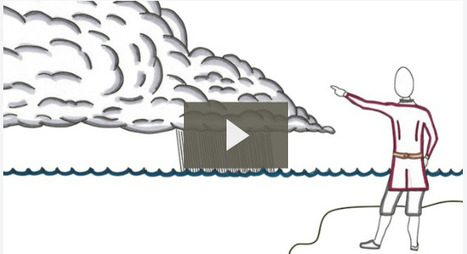







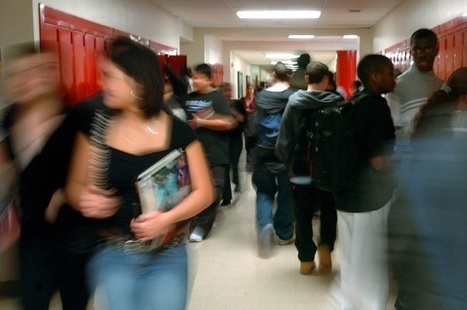
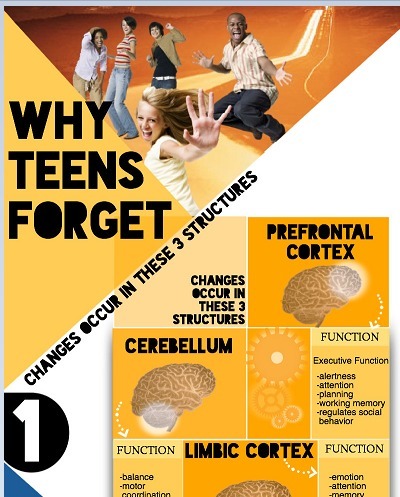

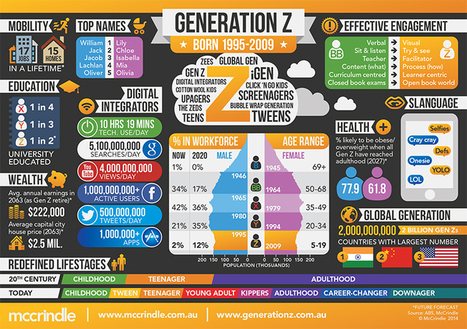






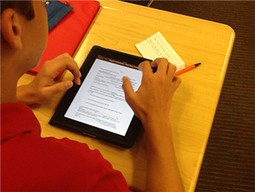

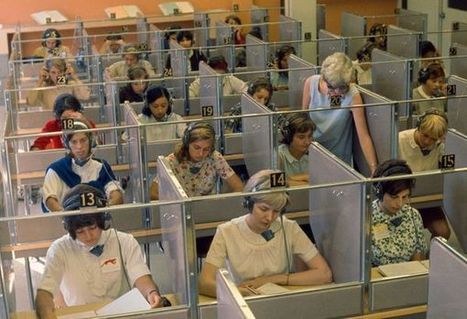



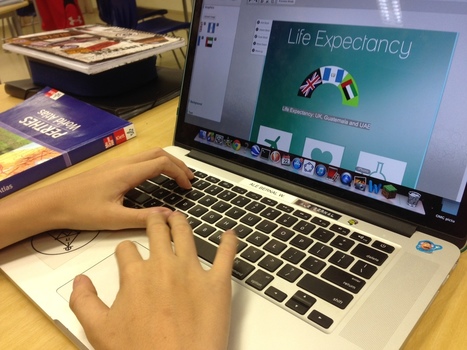



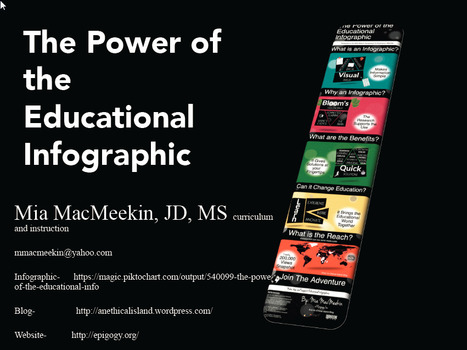

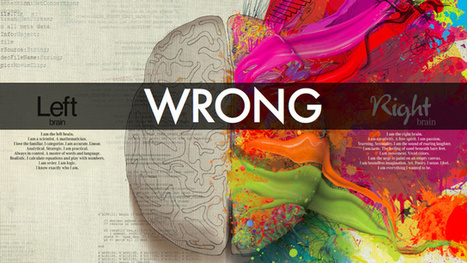







Help your student learn the differences between primary and seconary sources by sharing this video by Common Craft. What makes primary resources important? When it is better to use secondary resources? How to they interact with each other? This two minute video will provide an overview that will help your students deepen their understanding.